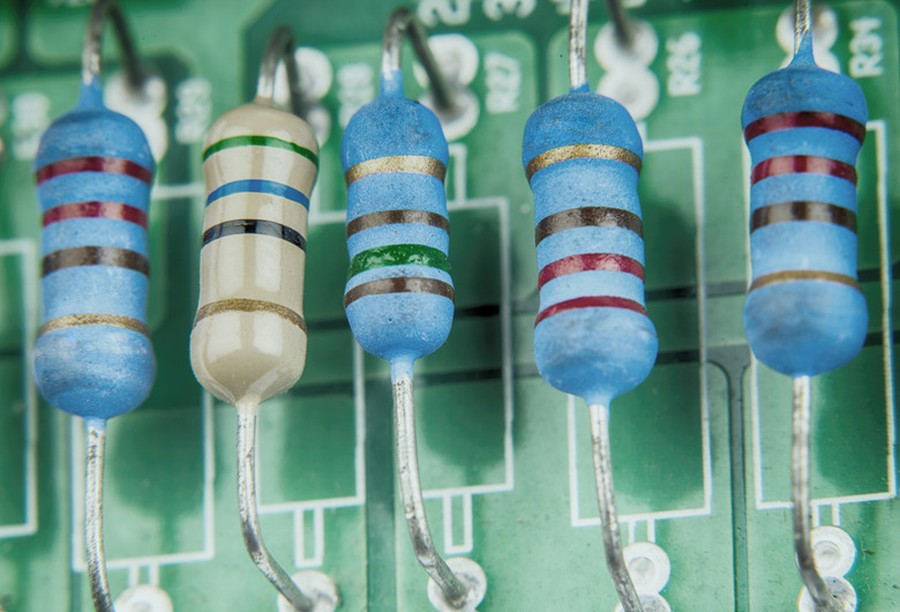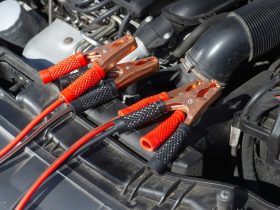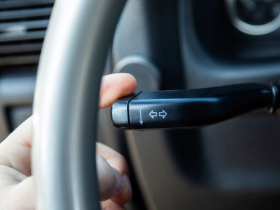Turn signals are a fundamental safety feature in every vehicle, signaling your intentions to other drivers on the road. While their basic function seems straightforward, modern vehicles often incorporate complex electrical systems that can cause unexpected issues—especially when upgrading to LED bulbs. In these cases, resistors play a crucial role in ensuring turn signals operate correctly. This article explores why resistors are sometimes necessary to fix turn signal problems and how they work within modern automotive lighting systems.
Understanding Turn Signal Electrical Systems
Traditional turn signals use incandescent bulbs, which draw a specific amount of electrical current. The vehicle’s electrical system—including the flasher relay—is designed around this current load to regulate the blinking rate of the signals. When you upgrade to LED bulbs, which consume much less power, the system may misinterpret the lower electrical load as a burned-out bulb.
This misinterpretation can cause the turn signals to flash too quickly—a problem commonly called “hyper-flashing.” Hyper-flashing is not just annoying but can also lead to confusion on the road and may fail to meet legal requirements. This is where resistors come into play.
How Resistors Solve Turn Signal Problems
Resistors are electrical components that limit or regulate current flow in a circuit. When added to the turn signal circuit, they mimic the electrical load of a standard incandescent bulb. This “tricks” the vehicle’s flasher relay or body control module into recognizing a normal current draw, restoring the correct blink rate. Choosing the European Auto Repair in Denver, CO based service would definitely be essential.
Installing load resistors is a common solution for LED turn signal conversions, preventing hyper-flashing and ensuring the signals blink at the intended speed. Resistors are usually connected in parallel with the LED bulb and come in various resistance and wattage ratings depending on the vehicle and bulb type.
When Resistors Are Necessary and How They Are Installed
Not all vehicles require resistors when switching to LEDs—some modern cars have LED-compatible flasher relays or body control modules that automatically adjust for different load levels. However, many older or less advanced systems still rely on traditional flasher relays that need resistors to function properly with LEDs.
Installation of resistors typically involves wiring them into the turn signal circuit, close to the bulb socket or fuse box. Because resistors can generate heat during operation, they must be mounted on metal surfaces away from plastic parts to avoid fire hazards. Many people prefer to have a professional mechanic or electrician install these components safely.
Potential Drawbacks of Using Resistors
While resistors fix many LED-related turn signal issues, they also have some downsides. Resistors consume power and convert it into heat, which can reduce the energy-saving benefits of LEDs. Improper installation can cause electrical shorts or even damage wiring if not handled correctly.
For these reasons, some drivers opt for LED kits with built-in resistors or upgrade to vehicles with smart lighting systems designed to support LEDs without additional components.











